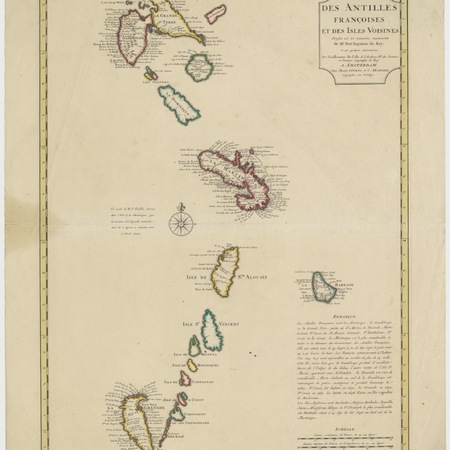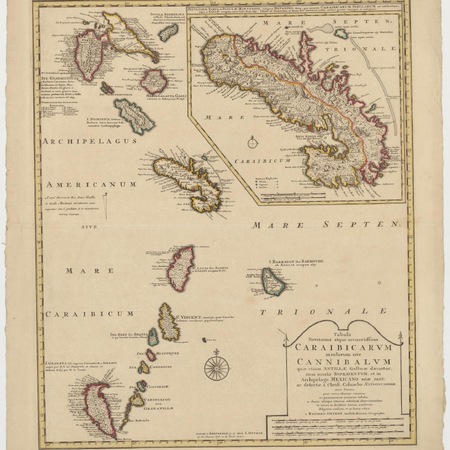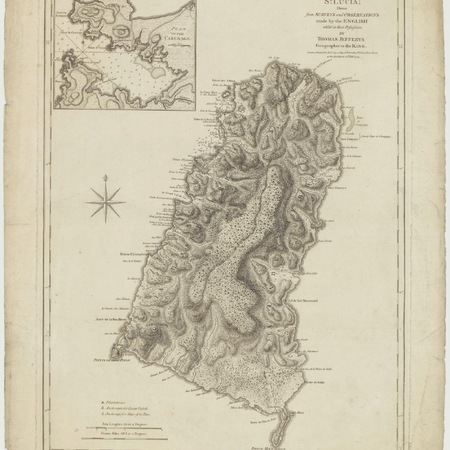In the late 1550s, the French pirate François le Clerc (known as Jambe de Bois, due to his wooden leg) set up a camp on Pigeon Island, from where he attacked passing Spanish ships. In 1605, an English vessel called the Oliphe Blossome was blown off-course on its way to Guyana, and the 67 colonists started a settlement on Saint Lucia, after initially being welcomed by the Carib chief Anthonie. By 26 September 1605, only 19 survived, after continued attack by the Carib chief Augraumart, so they fled the island. In 1664, Thomas Warner (son of Sir Thomas Warner, the governor of St Kitts) claimed Saint Lucia for England. He brought 1,000 men to defend it from the French, but after two years, only 89 survived with the rest dying mostly due to disease. In 1666, the French West India Company resumed control of the island, which in 1674 was made an official French crown colony as a dependency of Martinique. Both the British and the French found the island attractive after the sugar industry developed, and during the 18th century the island changed ownership or was declared neutral territory a dozen times, although the French settlements remained and the island was a de facto French colony well into the eighteenth century. In 1722, George I of Great Britain granted both Saint Lucia and Saint Vincent to The 2nd Duke of Montagu. He in turn appointed Nathaniel Uring, a merchant sea captain and adventurer, as deputy-governor. Uring went to the islands with a group of seven ships, and established settlement at Petit Carenage. Unable to get enough support from British warships, he and the new colonists were quickly run off by the French.


